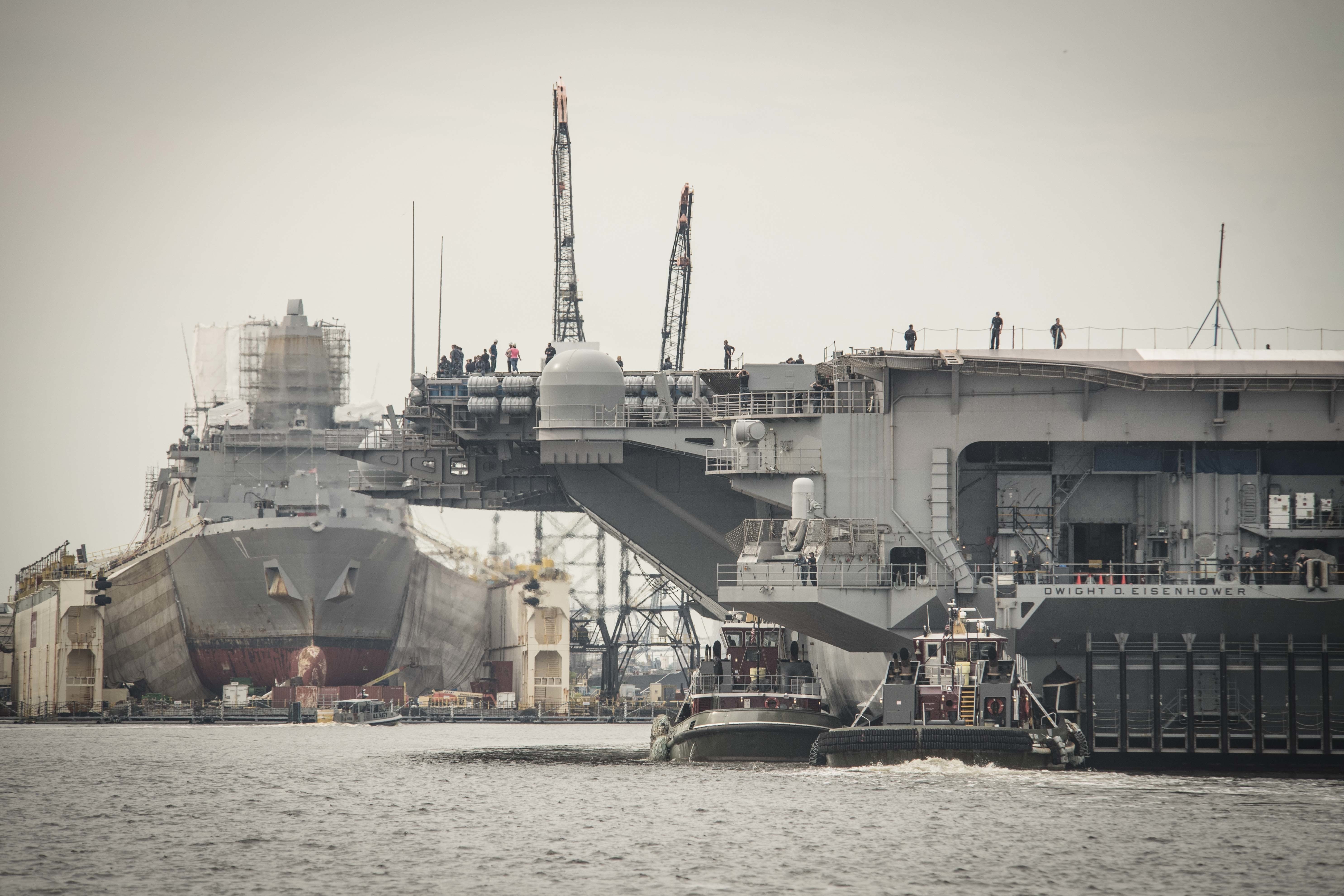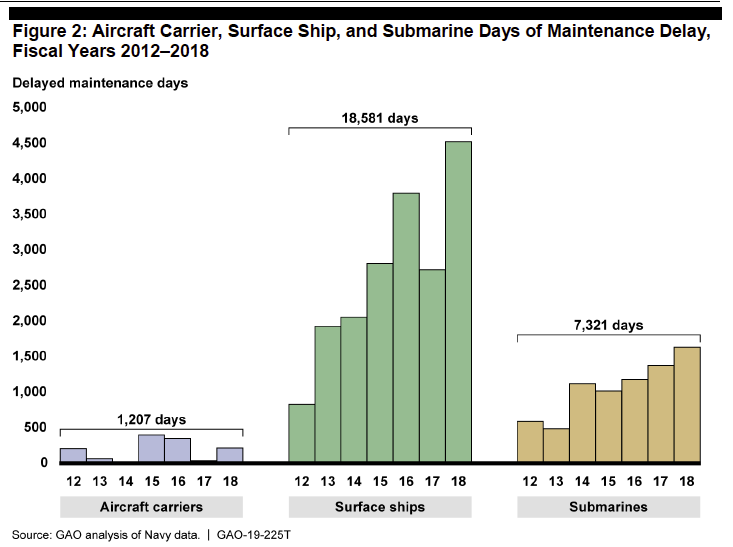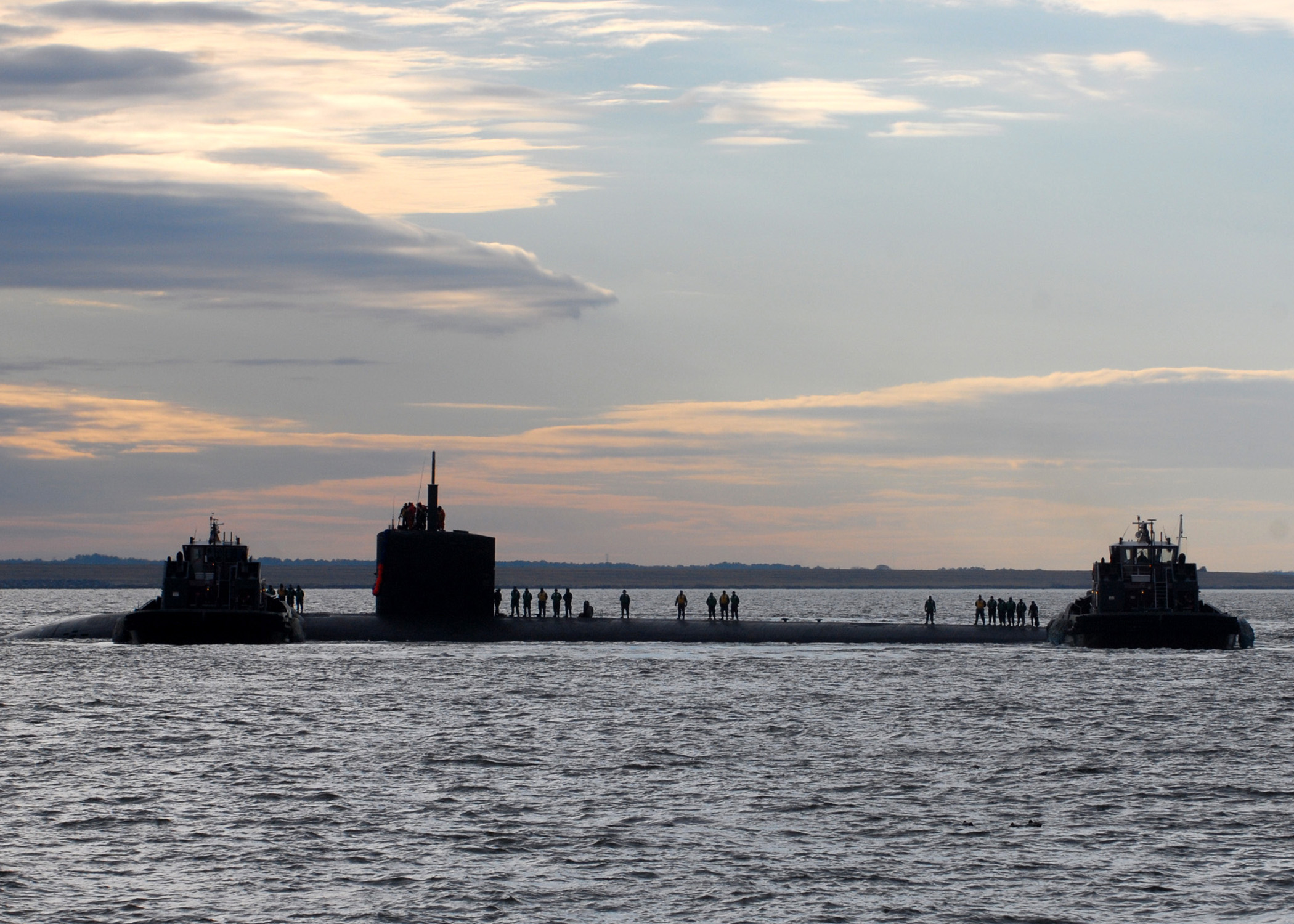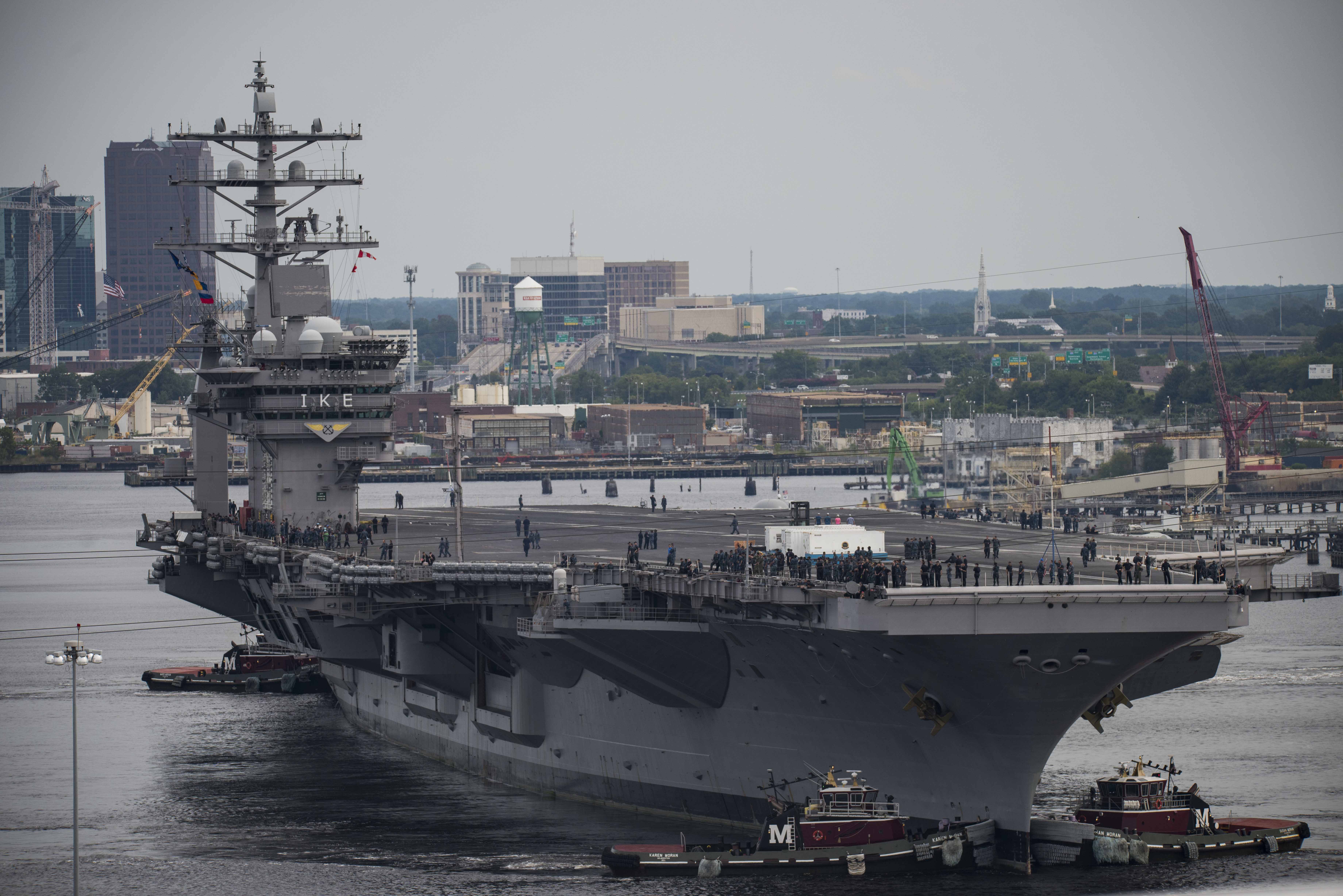
CAPITOL HILL – Maintenance backlogs continue to plague the Navy’s surface ship and attack submarine readiness, with the service losing the equivalent of 17 ships for operational tasking this year due to delays in getting repairs, according to an analysis from the Government Accountability Office.
“For fiscal years 2012-2018, our analysis for key portions of the Navy fleet shows that 30 percent of Navy maintenance was completed on time, leading to more than 27,000 days in which ships were delayed and unavailable for training and operations,” reads the report presented to a joint Navy and Marine Corps hearing before the Senate Armed Services subcommittees on seapower and readiness.

According to the figures, the trend of attack boats and surface ships not completing maintenance on time has been on the rise, with 4,250 surface ship and about 1,500 attack boat days lost to maintenance delays across the Navy’s four public yards and the private yards.
The new assessment follows a November report in which the GAO found the Navy lost at least 1,891 operational days in its attack submarine fleet and cost the Navy about $1.5 billion to support boats unable to deploy.
In a response to questions from to Sen. Mike Rounds (R-S.D.), Vice Chief of Naval Operations Adm. Bill Moran said that lack of public yard capacity was largely to blame for the delays and that the expansion of nuclear submarine work to private yards would begin to ease the pressure.
“It’s the age-old problem,” he said.
“We had aging [nuclear ballistic missile submarines], which take priority in the public yards to fix because of the national priority of strategic deterrence. The next in the order of priority is carriers which – as we’ve all testified to in the last couple of years – have been ridden very hard, high op-tempo, extended periods because of discovery work and additional maintenance that we weren’t anticipating. And last and standing in line to get to those availabilities in the public yards is our SSNs. We have been putting them in private yards to level-load and get submarines that need to be in dry dock in dry dock sooner.”

In the most extreme example of how the delays have affected the fleet, three Los Angeles-class attack boats – USS Boise (SSN-764), USS San Juan (SSN 751) and USS Charlotte (SSN-766) – have had their certifications to dive lapse as they waited pier-side for repairs.
“To find out that we have three attack submarines that aren’t even able to get into drydock seems to me something that ought to be shared with the American public and they ought to understand how serious this problem really is,” Rounds said.
“If it’s a matter of resources, and you’re not here in a public testimony to tell us about the impacts of not having the additional resources necessary to keep these critical pieces in the defense of our countries operational, how in the world can we ever go to what we need in a 355-ship Navy and support them if we’re not going to be able to share with the American public how critical it is to maintain the defense posture that we currently got?”
Moran said the three boats were slated to enter drydock early next year.
While the Navy has plans to improve throughput, the news isn’t getting better in the short term, GAO’s John Pendleton said at the hearing.
“The maintenance delays are trending upwards since we finished the study last month. That’s heading in the wrong direction,” he said. “We’re hoping that that’s reaching as bad as it’s going to get. What we recommended was that if there were opportunities in private yards [they take them], and they’re doing that. We’re following up to see how that goes over time.”

Secretary of the Navy Richard Spencer told the panel that the service was tackling the backlog for surface and sub maintenance using private yards and improving the efficiency of the public yards.
“Until we get our shipyards for our underwater fleet, primarily our public shipyards, increased flow and increased efficiencies for throughput, we are hurting ourselves,” he told the panel.
“We are setting there taking an industrial flow overview in how we’re going to rebuild these. The fact of the matter is the science of industrial flow has progressed tremendously since we last touched these shipyards. We’re going to modernize them.”
The Navy is set to spend $21 billion over the next 20 years on a public shipyard modernization plan to optimize and modernize the service’s four public yards – some of which are more than 100 years old.
Naval Sea Systems Command has so far given one SSN maintenance availability, USS Montpelier (SSN-765), to General Dynamics Electric Boat, while Huntington Ingalls Industries’ Newport News Shipbuilding has been contracted to perform the availabilities for USS Helena (SSN-725), USS Columbus (SSN-762) and USS Boise (SSN-764).

“We are exercising the private yard option. I’ve learned in my life that managing expectations is probably the best way to go,” Spencer told the panel.
“We’re learning that right now. Repair is a different exercise than build.”





